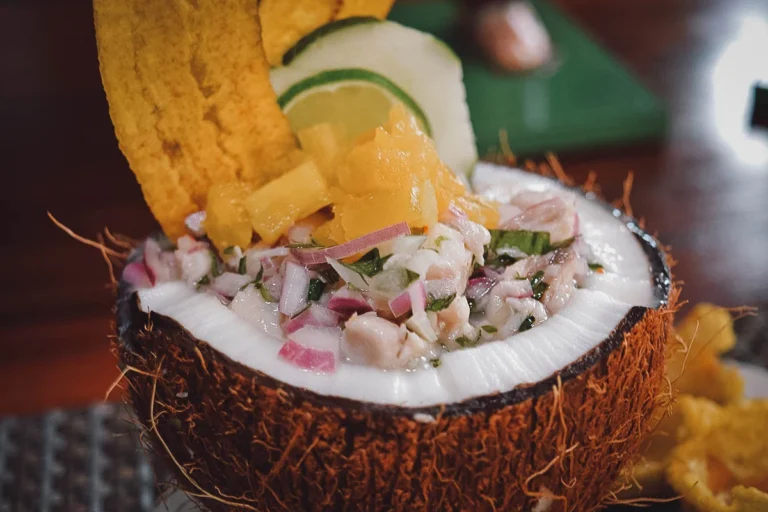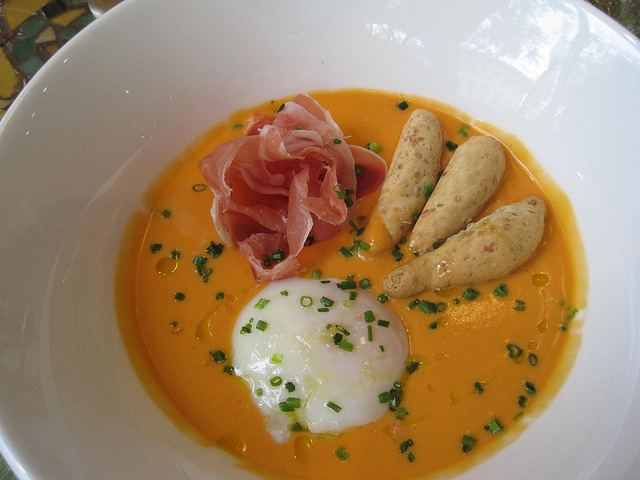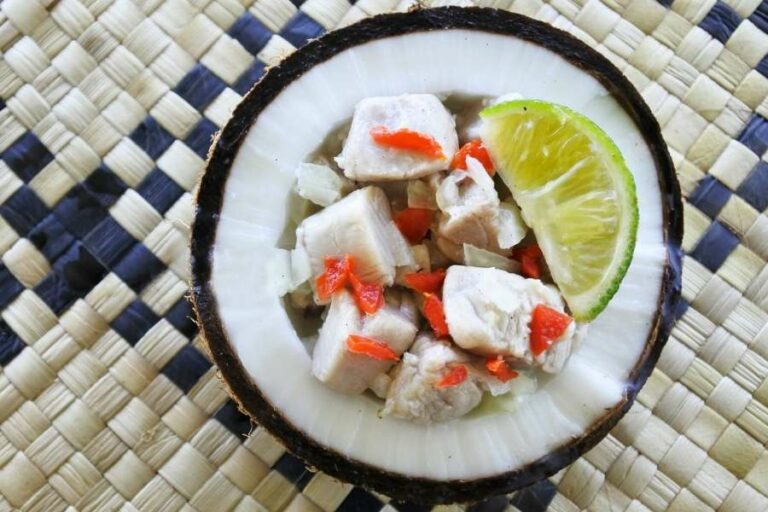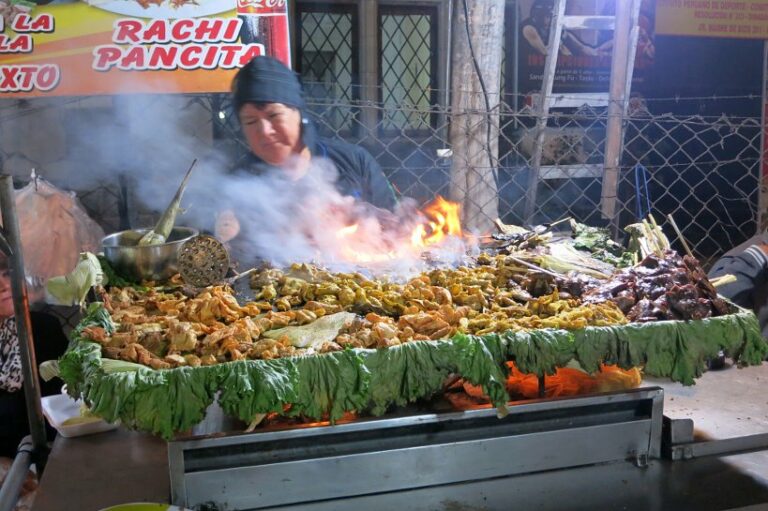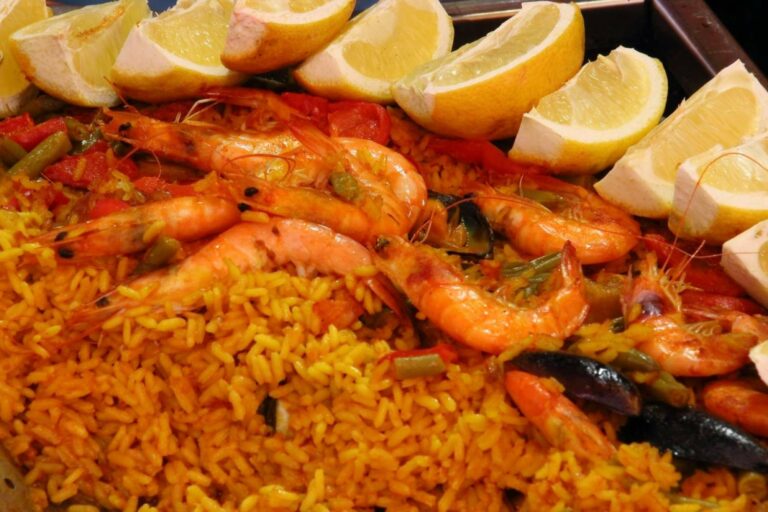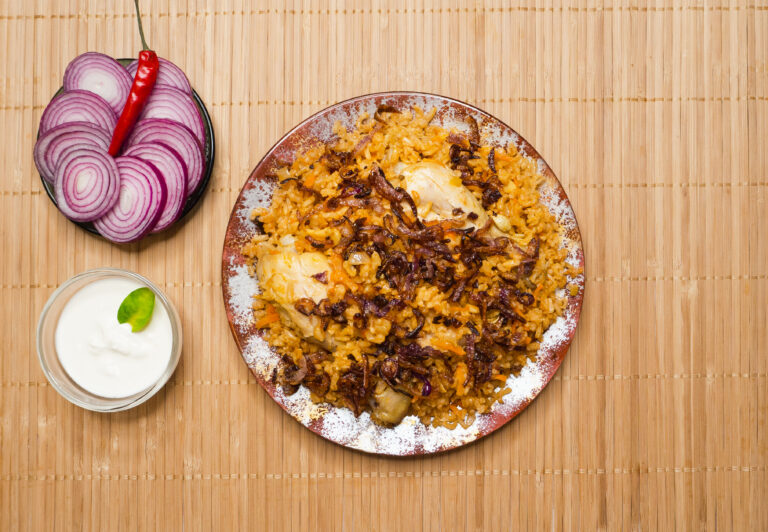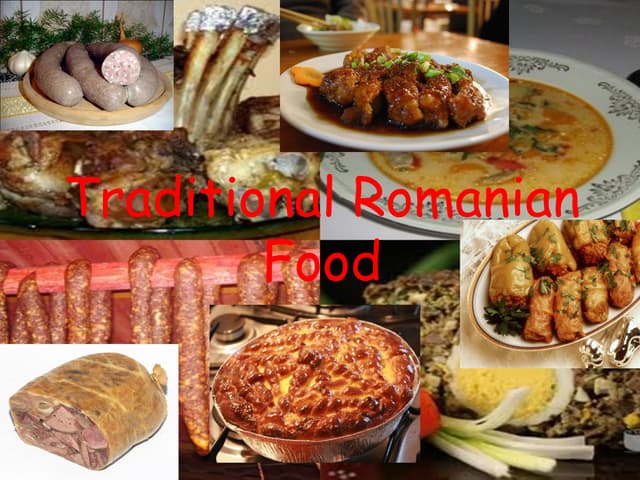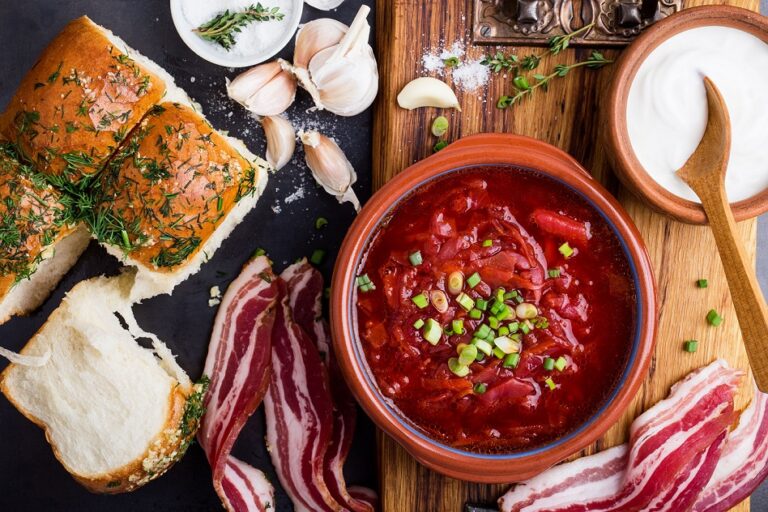Introduction: Panamanian Cuisine
Panamanian cuisine is a blend of indigenous, Spanish, African, and Caribbean influences resulting in a diverse array of flavors and textures. This cuisine is known for its use of fresh seafood, tropical fruits, and unique spices. Panamanian cuisine is also characterized by its simplicity and rusticness.
Panamanian cuisine is not as well-known as other Latin American cuisines, but it offers a unique and delicious experience for those who try it. From hearty stews to refreshing ceviches, there is something for everyone in Panamanian cuisine.
Influences on Panamanian cuisine
Panama’s cuisine has been influenced by its diverse population and history. The indigenous peoples of Panama, such as the Ngöbe-Buglé and Kuna, introduced ingredients like yucca, corn, and plantains into the cuisine. The Spanish brought over rice, wheat, and dairy products which are now staples in many dishes, while the African slaves introduced cooking techniques such as frying and stewing.
The Caribbean and Colombian influences brought in more tropical fruits and seafood, leading to dishes like ceviche and arroz con coco, a coconut rice dish. The result is a cuisine that reflects Panama’s unique blend of cultures and history.
Traditional dishes of Panama
One of the most famous dishes in Panama is sancocho, a hearty chicken soup made with yucca, ñame, and plantains. Other traditional dishes include arroz con pollo (chicken and rice), corvina al ajillo (garlic fish), and carimañolas (deep-fried yucca stuffed with beef).
For something sweet, try hojaldres, a type of fried bread served with cheese or jam. Another popular dessert is tres leches cake, a sponge cake soaked in three types of milk and topped with whipped cream.
Ingredients used in Panamanian cooking
Panamanian cuisine is characterized by its use of fresh and simple ingredients. Commonly used ingredients include yucca, plantains, ñame, corn, rice, beans, and a variety of seafood. Panamanian cuisine also makes use of unique spices such as culantro, a cilantro-like herb, and achiote, a red seasoning made from annatto seeds.
Fruits like guava, papaya, and passionfruit are used in desserts and drinks such as chicha fuerte, a fermented corn drink similar to beer.
Popular beverages in Panamanian cuisine
Panamanian cuisine also offers a variety of refreshing beverages. One of the most popular is seco, a sugarcane liquor often mixed with lime juice and soda. Other popular drinks include chicheme, a sweet corn drink with cinnamon, and sorrel, a hibiscus flower tea.
For something non-alcoholic, try jugo de tamarindo, a tangy tamarind juice, or batido de papaya, a papaya smoothie.
Conclusion: The unique flavor of Panamanian cuisine
Panamanian cuisine may not be as well-known as other Latin American cuisines, but it offers a unique and delicious experience for those who try it. With its blend of indigenous, Spanish, African, and Caribbean influences, Panamanian cuisine is a reflection of the country’s diverse history and culture.
From savory stews to sweet desserts, Panamanian cuisine has something for everyone. So, whether you’re a foodie looking for your next culinary adventure or just curious about new flavors, be sure to try some Panamanian cuisine!

